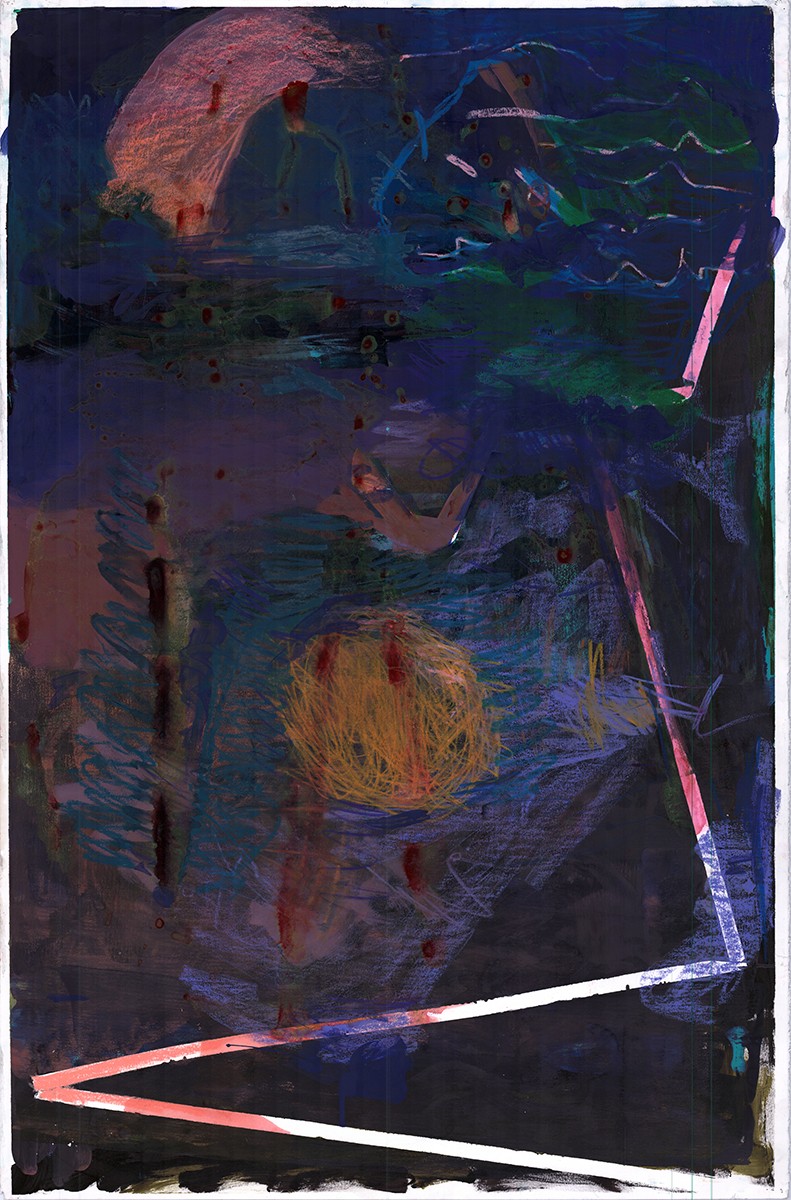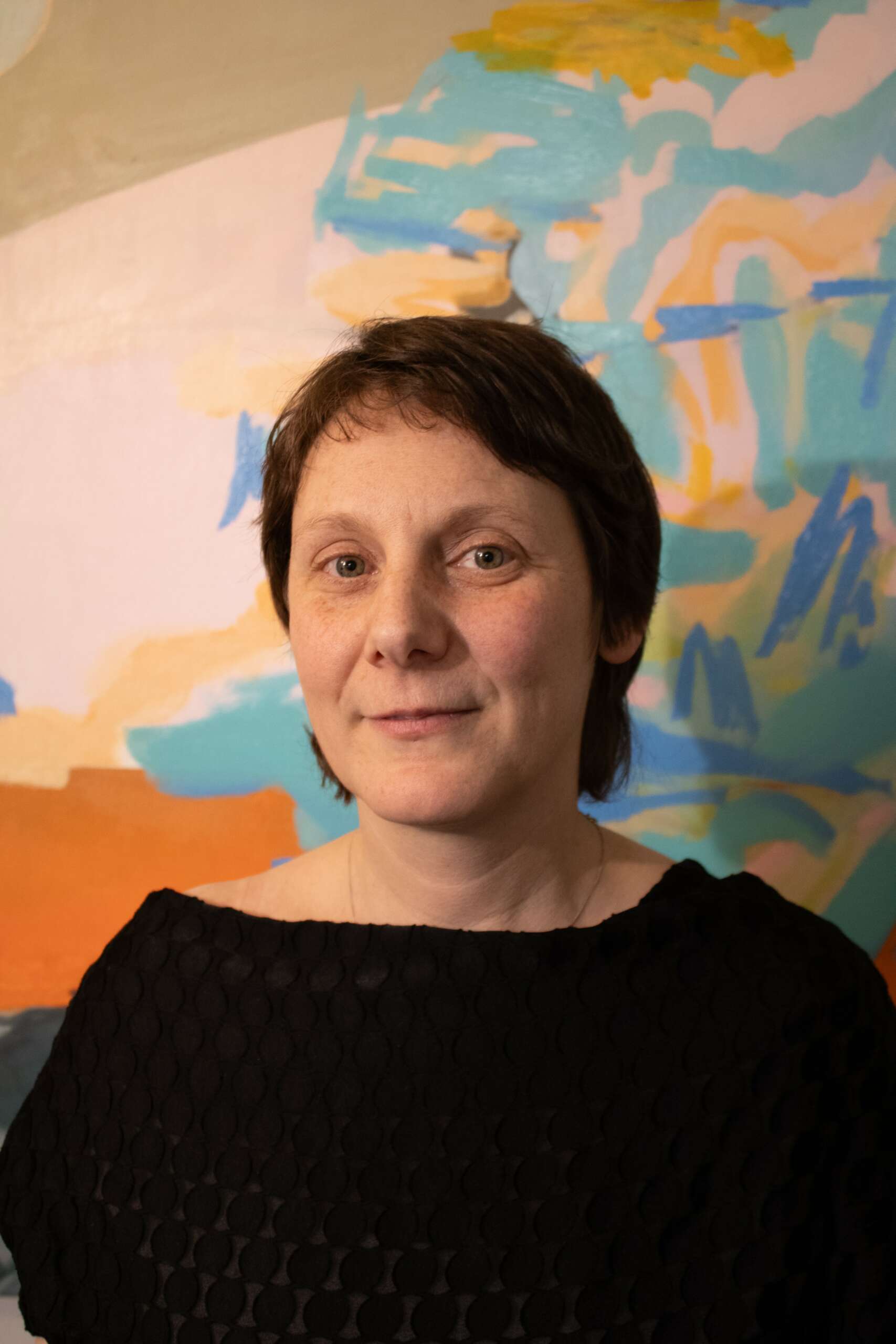We were lucky to catch up with Andrée Leduc recently and have shared our conversation below.
Andrée , appreciate you joining us today. If you could go back in time do you wish you had started your creative career sooner or later?
Every time I start work in the studio, I’ve begun some form of risk-taking. People see the work you finish, but the reality is that some pieces don’t make it that far. So there is always the chance you are starting something you won’t finish, or that you will have to leave and come back to things multiple times. In this way, I think learning to take risks helps artists cope with the uncertainty that is part of the process.
It also feels risky to put yourself out there and figure out what dialogs your creations fit into. At various times, a range of political or cultural topics seem to garner a lot of attention. While I love to observe and see that creative work foregrounded, it’s possible to feel pressure when your own paintings aren’t directly relevant to those themes. On this matter, I try to keep in mind that risk-taking is also about maintaining independence.



Great, appreciate you sharing that with us. Before we ask you to share more of your insights, can you take a moment to introduce yourself and how you got to where you are today to our readers.
grew up in a household where my parents were convinced they could raise four daughters to be prodigy musicians. I was introduced to the piano at the tender age of 4, and by 5, I had picked up the violin, though I soon transitioned to the cello. Our household operated under strict musical tutelage, viewing it more as an obligation than a joy. Yet, as I entered my teenage years, I discovered my passion lay more in the creative freedom of music, such as jam sessions and collaborative playing, rather than the rigid performances demanded by the conservatory. I knew that I wanted to do something creative when I was younger and it was not going to be performance based. I knew that I did not fit in with my parent’s plan.
It wasn’t until after high school that I decided to pursue a degree in the visual arts. Despite lacking formal drawing skills, I managed to gain admission to a university program. It quickly became apparent that I was not among the most proficient in the cohort; I had to retake Drawing 1 three times before finally passing. Nevertheless, my love for making art persisted, and the deeper I delved into the world of fine arts, the more enamored I became.
Today, I find myself teaching Drawing 1 at Ball State University. Unlike my own experience, there’s no entrance portfolio required here, so we welcome students with varying levels of drawing aptitude. I take pride in guiding those with minimal experience and witnessing their growth and success in the realm of art.



What do you find most rewarding about being a creative?
It’s easy to be disconnected from how things get made in our society, and I take a lot of joy in being able to do things by hand. I love to garden and adventure; those experiences just give me so much confidence in how I am unlocking things about the world around me. Our culture is also incredibly visual; painting helps me keep seeing as an imaginative refuge and try to share that with people.



Looking back, are there any resources you wish you knew about earlier in your creative journey?
I am still trying to overcome shyness and reclusiveness. Those traits are a part of my creative and imaginative life, so I couldn’t make my work without them. But when people are curious about what you are doing and want to participate in it, I think it is important to be generous with my story and also learn about how they see. I pivoted from music into the visual arts because I didn’t feel like I was performing as much, but you really need community to get somewhere in this field, and each artist needs to strike a good balance between working solo and being social.
Contact Info:
- Website: https://andreeleduc.org/home.html
- Instagram: https://www.instagram.com/andree.o.leduc/


